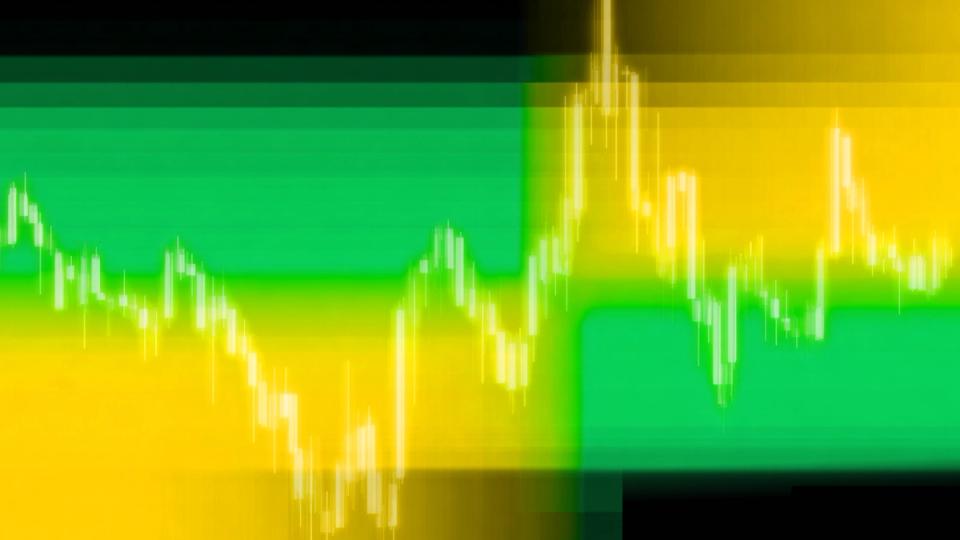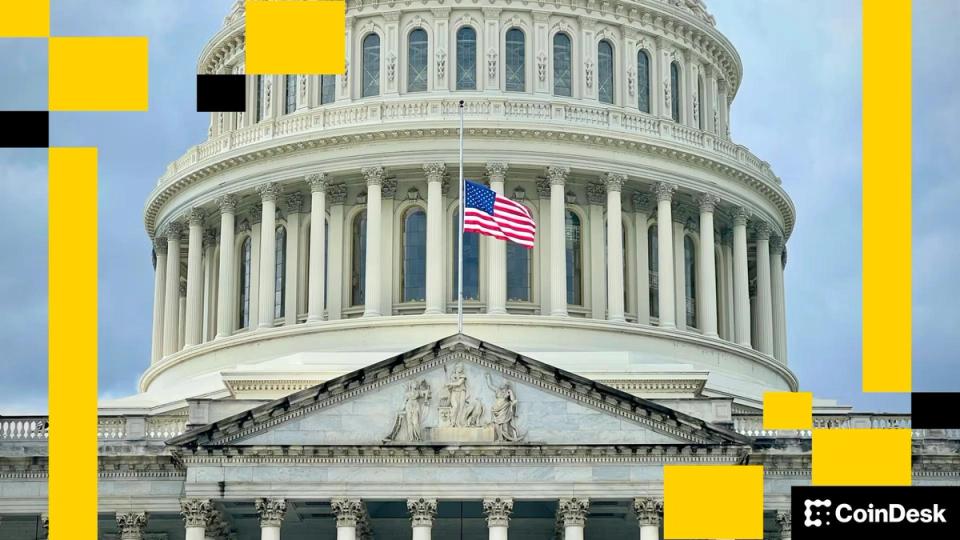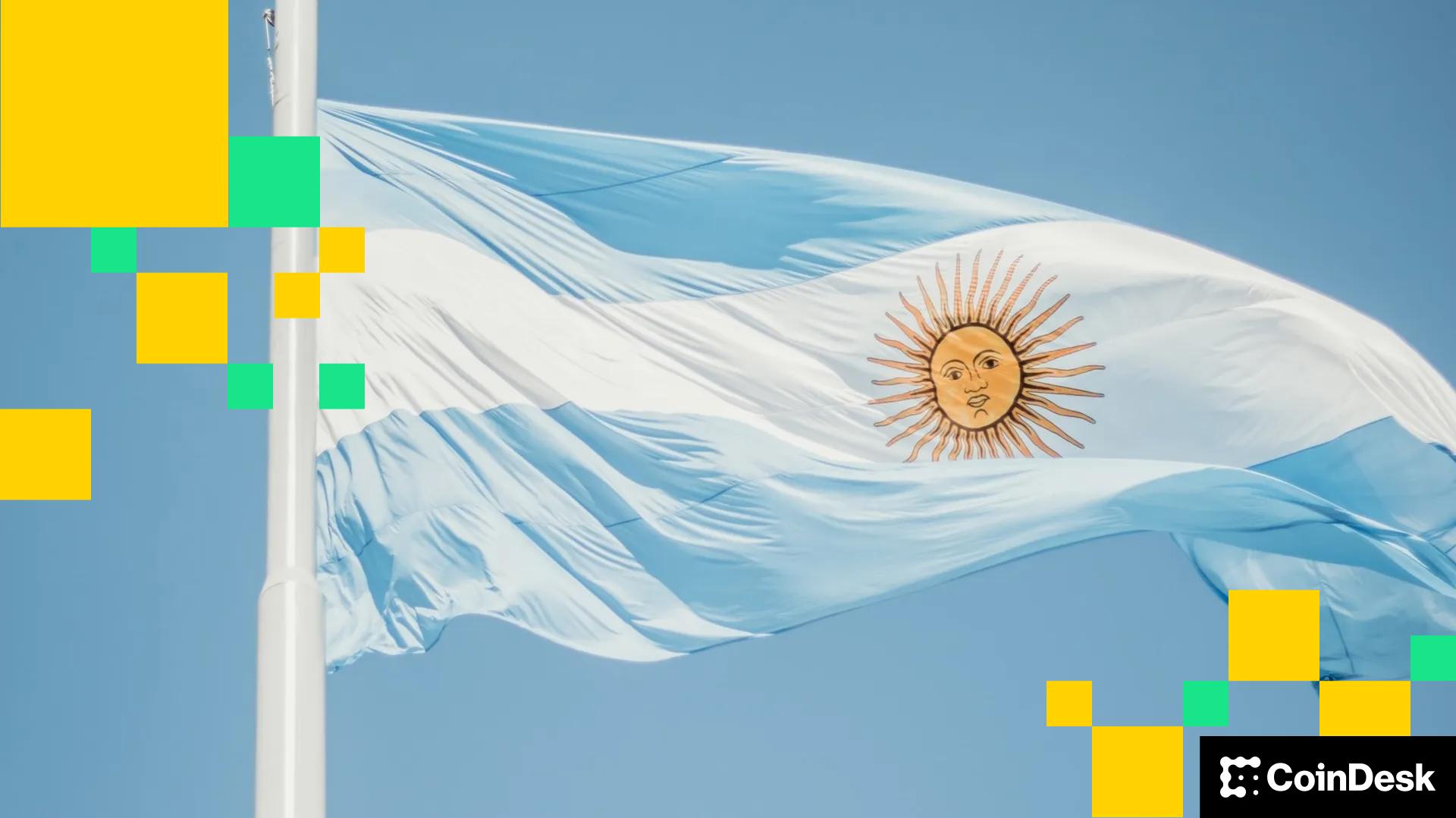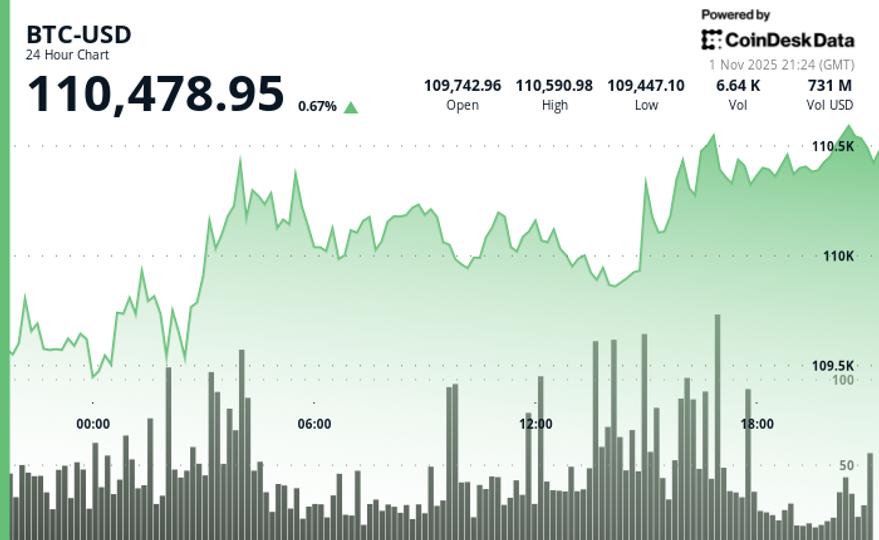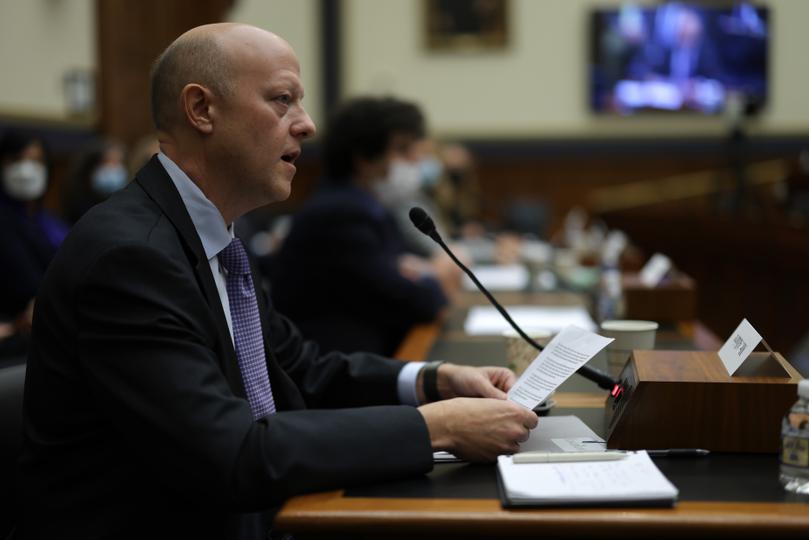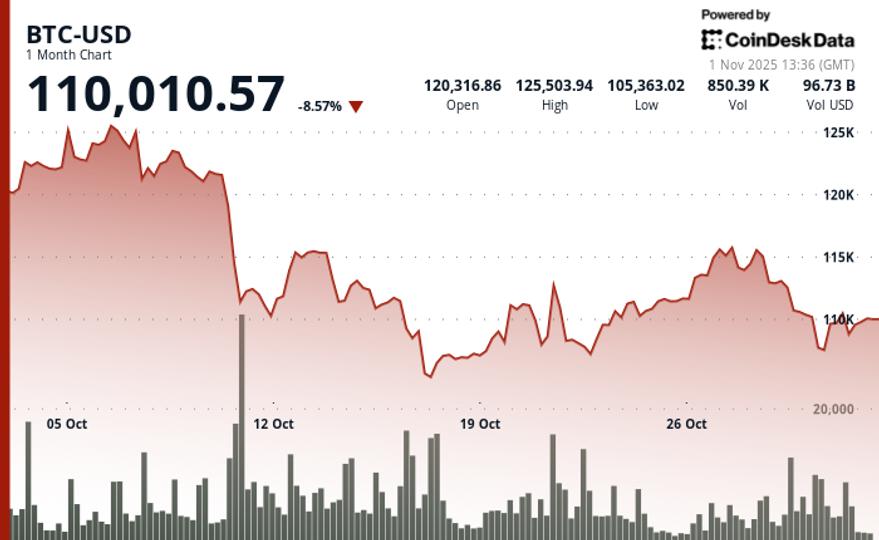Europe’s landmark crypto regulation, MiCA, was intended to bring an end to the “Wild West” era of stablecoins. With proof-of-reserves, capital rules, and redemption requirements, the framework appears comforting on paper. However, in practice, MiCA does little to mitigate systemic risks that may arise when stablecoins integrate into the global financial ecosystem.
The irony is compelling: a regulation designed to contain risk may inadvertently legitimize and entrench it.
The contagion problem: when DeFi meets TradFi
Stablecoins have long existed in the shadowy corners of finance, serving as a crypto convenience for traders and remitters. Now, with MiCA enacted, and the UK and U.S. soon to follow, the division between crypto markets and traditional financial systems is blurring. Stablecoins are transitioning into regulated, mainstream payment instruments, gaining enough credibility for everyday use. This newfound legitimacy transforms the landscape.
Once a stablecoin is regarded as a reliable form of money, it competes directly with bank deposits as a type of private money. When deposits shift from banks to tokens backed by short-term government bonds, the conventional processes of credit creation and monetary policy become distorted.
In this context, MiCA addresses a micro-prudential issue (ensuring issuers remain stable) but overlooks a macro-prudential one: what occurs when billions of euros transition from the fractional-reserve system into crypto instruments?
Governor Bailey’s warning and the BoE’s cap
The Bank of England has identified this risk clearly. Governor Andrew Bailey recently stated that ‘widely-used stablecoins should be regulated like banks’ and suggested central-bank support for systemic issuers. The BoE is now proposing a cap of £10,000-£20,000 per person and a limit of up to £10 million for businesses on systemic stablecoin holdings, indicating a modest but significant precaution.
The message is straightforward: stablecoins represent more than just a new payment method; they pose a potential threat to monetary sovereignty. A significant movement from commercial bank deposits to stablecoins could jeopardize banks’ balance sheets, reduce credit availability to the real economy, and complicate monetary policy transmission.
Thus, even regulated stablecoins can become destabilizing on a large scale, and MiCA’s framework of reserves and reporting fails to tackle that inherent risk.
Regulatory arbitrage: the offshore temptation
The UK has adopted a cautious approach. The FCA’s proposals are comprehensive regarding domestic issuers but notably lenient toward offshore ones. Their own consultation acknowledges that consumers ‘will remain at risk of harm’ from overseas stablecoins used in the UK.
This creates a growing loop of regulatory arbitrage: the stricter a jurisdiction becomes, the more motivation issuers have to shift offshore while still catering to onshore users. Consequently, risk does not vanish; it merely migrates beyond the regulator’s jurisdiction.
In essence, the legal recognition of stablecoins is reshaping the shadow-banking dilemma into a new form: money-like instruments circulating globally, lightly regulated, but intricately linked with established institutions and government bond markets.
MiCA’s blind spot: legitimacy without containment
While MiCA is commendable for imposing order, it is based on a precarious assumption: that proof-of-reserves equates to proof-of-stability. This is not necessarily true.
Fully backed stablecoins can still trigger massive sales of sovereign debt during a redemption crisis. They can exacerbate liquidity shocks if holders perceive them as bank deposits without the protection of deposit insurance or a lender of last resort. They can also promote currency substitution, steering economies toward de facto dollarization through USD-denominated tokens.
By formally ‘endorsing’ stablecoins as safe and supervised, MiCA effectively grants them the legitimacy to expand without providing the macroeconomic tools (like issuance limits, liquidity facilities, or resolution frameworks) necessary to manage the potential consequences.
The hybrid future, and its fragility
Stablecoins occupy a space where DeFi and TradFi converge. They leverage the credibility of regulated finance while offering the seamless freedom of decentralized platforms. This “hybrid” model is not inherently problematic; it is innovative, efficient, and globally scalable.
However, when regulators consider these tokens merely as another asset class, they overlook their true nature. Stablecoins are not liabilities of an issuer in the traditional banking context; they are digital assets, a new form of property that functions as money. As this property gains widespread acceptance, stablecoins blur the boundary between private assets and public currency, creating systemic implications that regulators can no longer ignore.
The BoE’s cap, the EU’s proof-of-reserves, and the U.S. GENIUS Act all indicate that policymakers are beginning to recognize parts of this risk. Nonetheless, a comprehensive, system-wide approach that treats stablecoins as part of the money supply rather than merely as tradable crypto assets remains elusive.
Conclusion: MiCA’s paradox
MiCA represents a regulatory milestone but also a pivotal moment. By legitimizing stablecoins, it brings them into the financial mainstream. By concentrating on micro-prudential supervision, it risks ignoring macro-economic fragility and broader regulatory issues. While asserting oversight, it may inadvertently promote global arbitrage and systemic entanglement. In short, MiCA may not prevent the next crisis; it could be quietly contributing to its creation.

